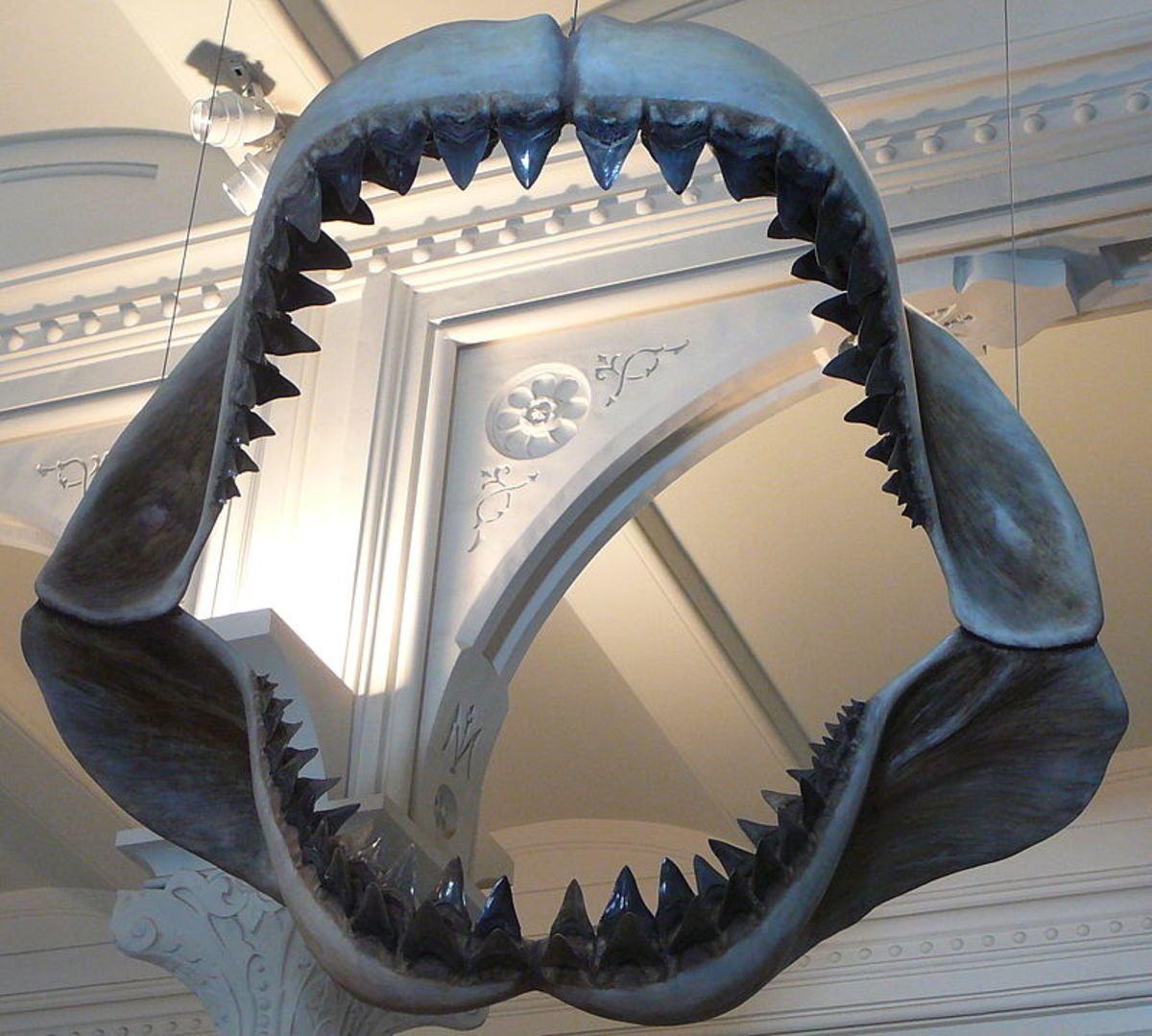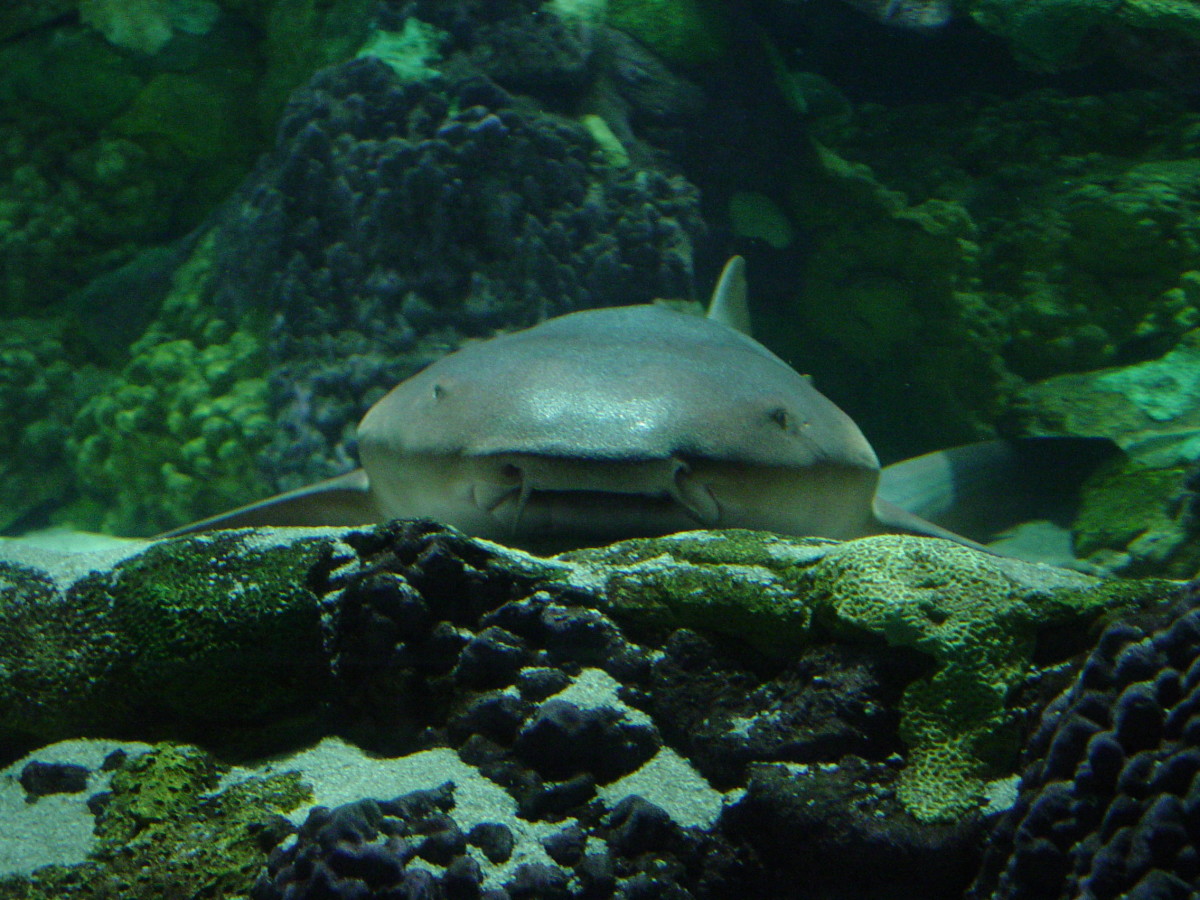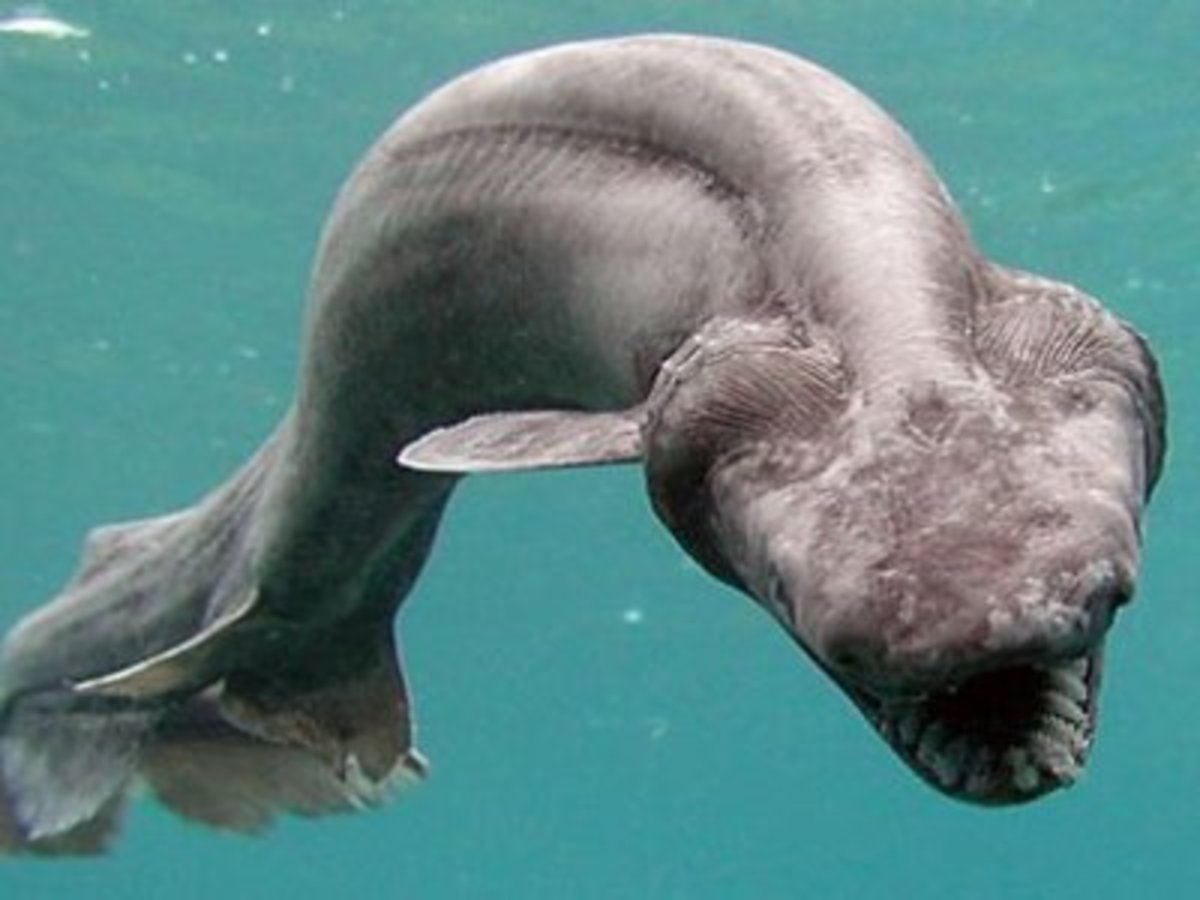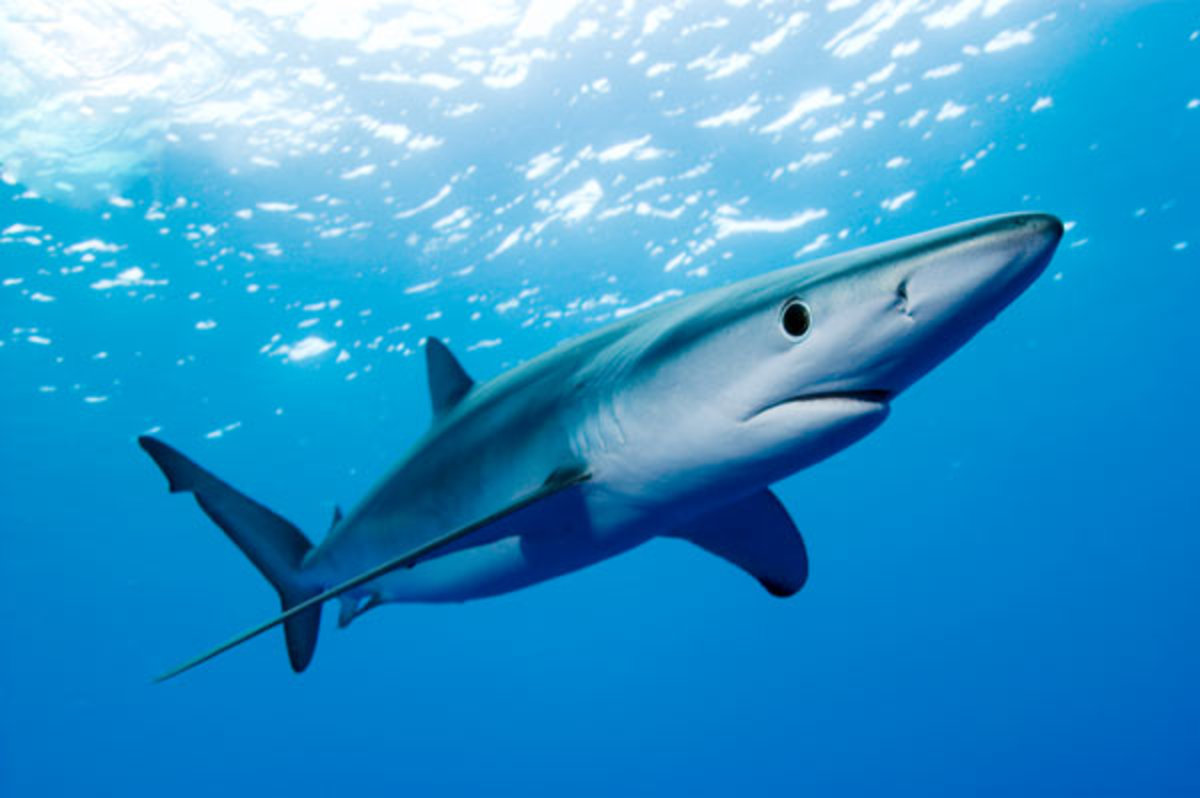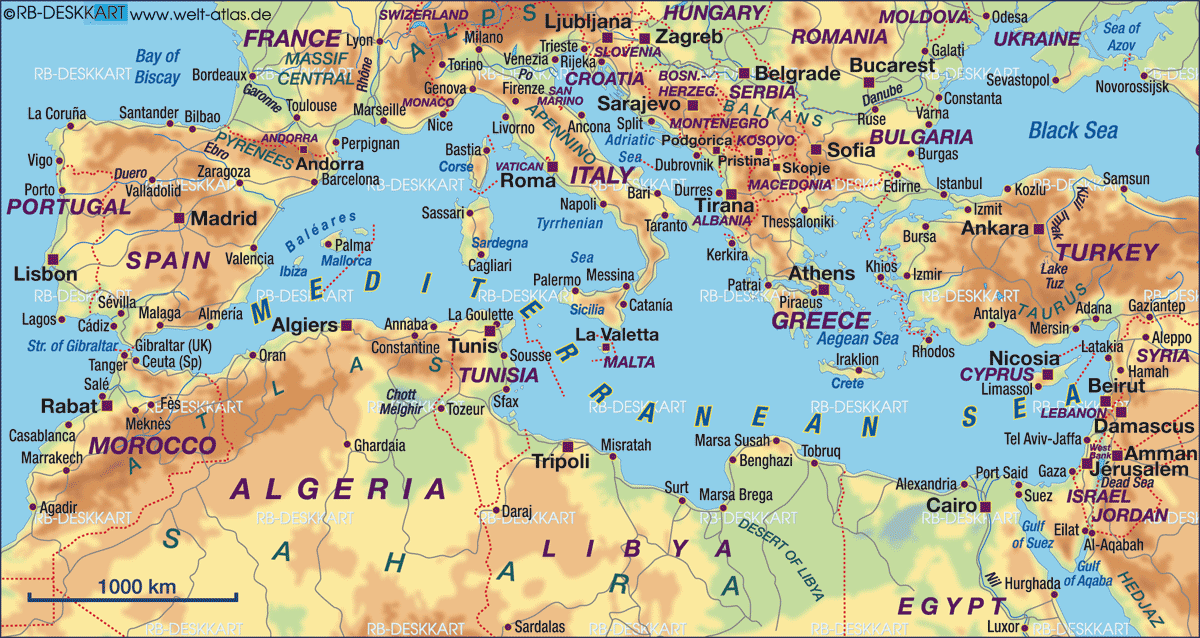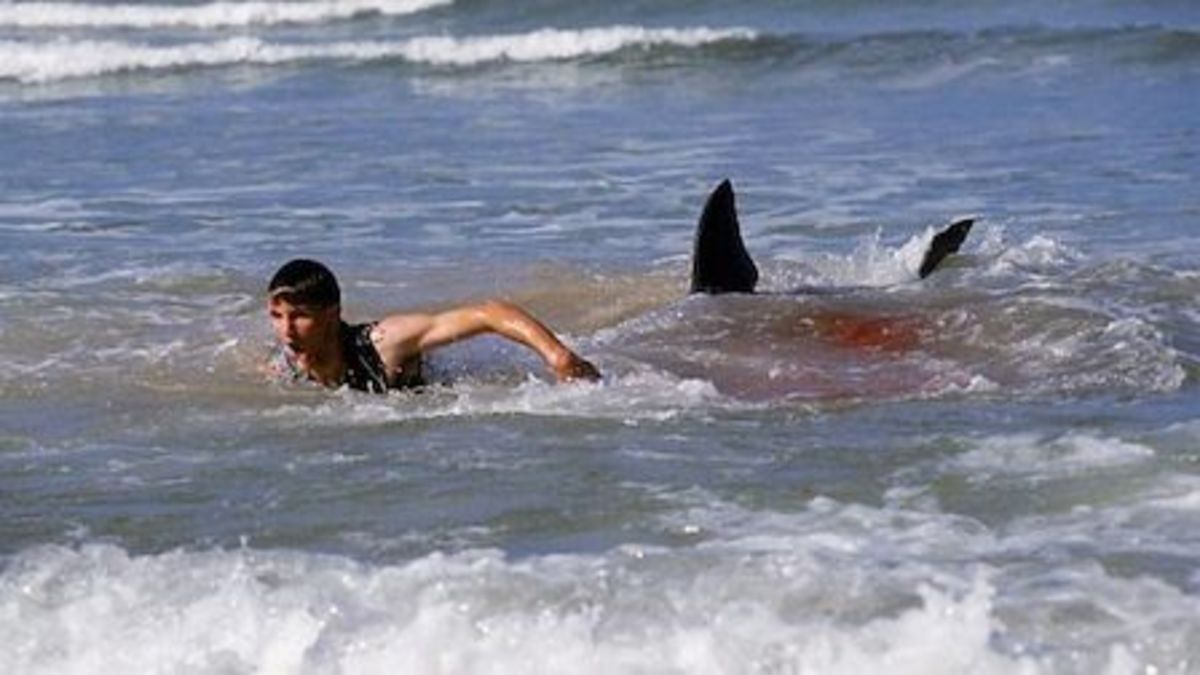- HubPages»
- Education and Science»
- Life Sciences»
- Marine Biology»
- Marine Life
Facts About Cookie Cutter Sharks
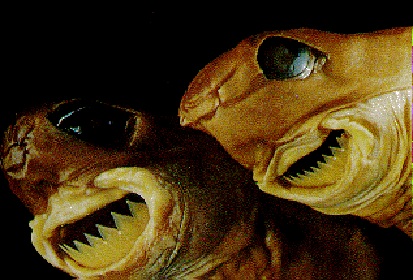
Why Are They Called "Cookiecutter Sharks"
The Cookiecutter shark has a few unusual names; they are also known as "cigar sharks" because of their long, slender body shape.
The reason they are known mainly as "cookiecutter" sharks is because of their teeth and their vicious bite, as well as their actual feeding style. Whilst other sharks attack to kill so they can feed, cookie cutters merely 'graze' by taking a bite out of passing prey; the fact that they don't aim to kill the majority of their prey may make them slightly less scary, but these sharks will attack almost anything regardless of size - including whales and other sharks, and their bite is not one to sneer at.
The Jaws And Bite Of A Cookiecutter Shark
Some shark species, the cookiecutter included, have holes just behind their eyes, which allows water to enter their mouths so that they can breathe even when they lurk in a stationary position, which means that species such as this who feed by ambushing their prey are more successful as movement may give warning to other fish and squid etc of their presence.
When an unlucky and unsuspecting fish does swim past, the cookiecutter shark attacks fast and with absolute precision. As the mouth opens, the holes behind the eyes close, which stops wart entering the mouth allowing complete suction, which the extra thick lips on the mouths of these sharks are also perfectly designed for.
The top set of teeth of cookiecutter sharks are relatively ordinary in terms of needle-sharp shark's teeth; but the bottom set is a completely different story. These huge teeth protrude out of the shark's mouth like a jagged guillotine, and it is unsurprising when you see them that they are able to eat the flash of almost anything that gets close enough.
These bottom teeth are used as stabbing and carving tools, whilst the top teeth provide extra grip; these two factors coupled with the suction of the mouth mean that any prey doesn't have any chance to stop the shark from taking a chunk of meat from it. The shark also retracts its tongue when biting to make extra mouth space for the flesh of the victim. Now firmly latched on like some kind of huge parasite, the cookiecutter rotates it's whole body which leaves the prey fish with a wound measuring approximately 5cm across and 7cm deep.
Before you think how that seems very little and not like something to worry about, look at your arm or leg or stomach. If you have a measuring tape or a good sense of size, think about what that wound would do to you.
Cookiecutter sharks generally don't bite humans because their paths don't cross all that often - but when they do, a few unlucky people have scars and stories to share with those who are interested.
Fascinating Or Freaky?
What Do a you Think Of These Sharks?
Where Can They Be Found?
There is some good news here, and also bad news for the type of person who gets frightened easily:
The bad news is that you can find cookiecutter sharks all over the world in any given warm sea.
However, the good news is that they are typically found at depths of 3700 meters (which is 12100 feet!) during the day and they rise to depths of about 85 meters, or 280 feet deep at night (generally, people don't go diving to depths such as this, and it is pretty unusual for these sharks to rise any closer to the surface, where they would pose more of a threat.
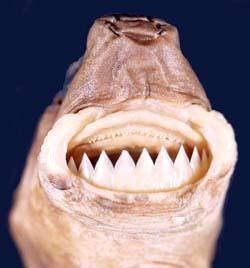
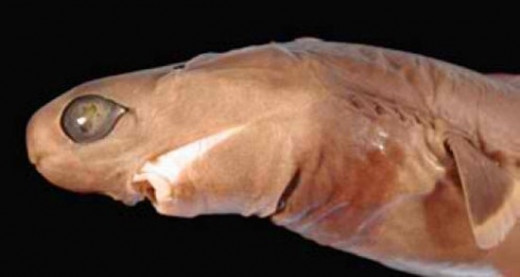
Some Amazing Physical Features Of This Species
The depths in which the cookie cutter shark is usually found in is referred to as the "twilight zone" of the ocean, also known as the "disphotic" zone. Disphotic in Greek means 'barely lit', which is appropriate for this part of the ocean as it receives very little light and is pitch black at night-time.
So how does a shark, or any predatory creature, manage to hide itself well enough so that it can ambush prey?
The cookie cutter shark employs a clever disguise to camouflage itself in the dimly-lit realm of the twilight zone; bioluminescence. This term refers to the chemical reaction that takes place in some creatures, insects and fish which enables them to effectively create their own light. Chemical reaction is not the only way light can be produced - some creatures have bacteria on them which give off a blue or green light (interestingly these are pretty much the only two colours that the vast majority of deep-sea fish can actually see).
This light attracts prey and when other fish get close enough, they are struck as described above.
The fish in the disphotic part of the ocean are well adapted to their life there and this is why the cookie cutter shark has so many features which seem bizarre to a normal on-looker, but are vital physical features which ensure the success and survival of individuals as well as the species as a whole. One example of this is the huge eyes - giving the shark a better chance of seeing prey or even other predators (yes, there are fish with even bigger jaws down there - another feature of many fish that dwell in the twilight zone!)
If you see a full-length photo of a cookie cutter shark from a birds-eye-view, I bet you would think you were looking at a dogfish! And you wouldn't be far off, as they are in the same group of relatives! The long, slender body may seem unlikely for a shark, much less a shark with such a nasty bite, but this is an ideal design for ocean depths where there is a high level of water pressure as well as almost complete darkness.
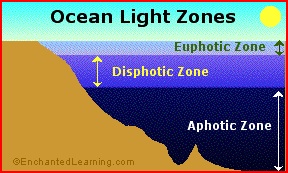
Hawaii
Hawaiian islands often have cookie cutterbsharks near them because of the warn warm waters which are ideal for this shark species.


